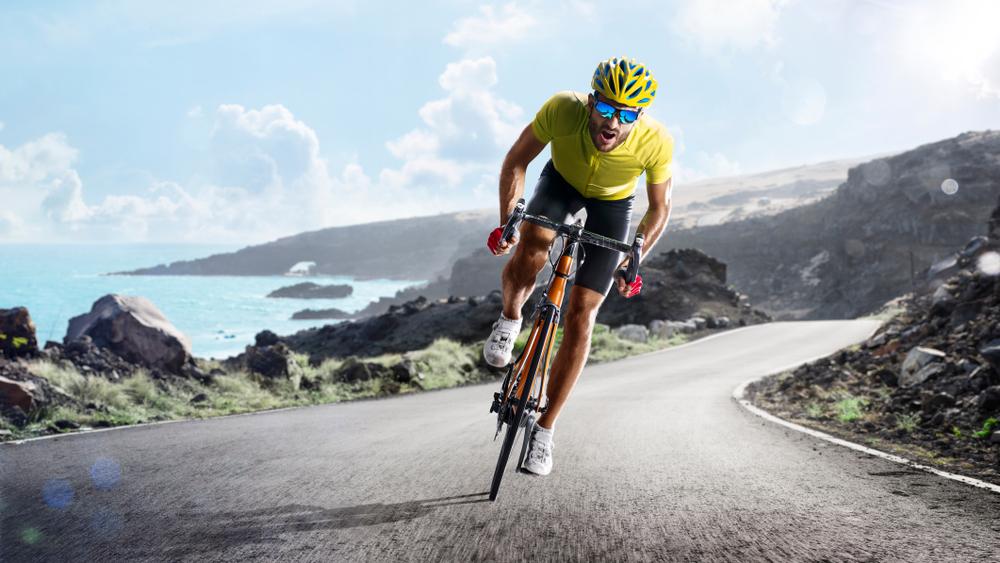Your bike, whether a brand-new mountain bike or a road bike you’ve had and enjoyed for 20 years, probably works fine as-is. But with a few tweaks, you can get more enjoyment and use from it.
A bicycle is a pretty basic piece of machinery, assuming you ride a pedal-powered model versus an e-bike. It has two or maybe three wheels, a seat, handlebars, and two pedals. What parts should be considered for an upgrade?






